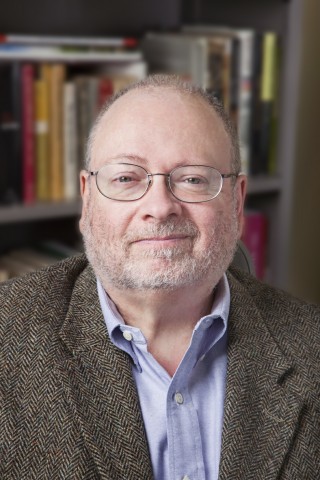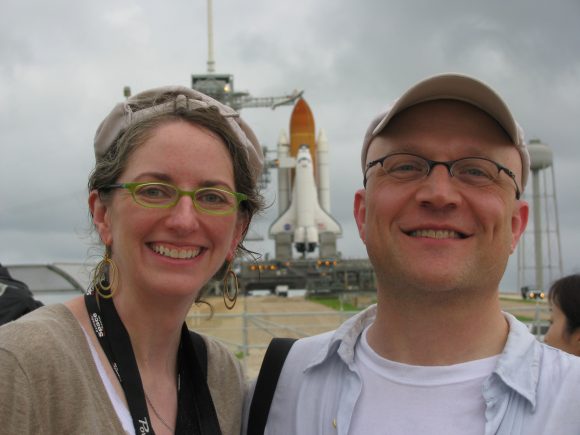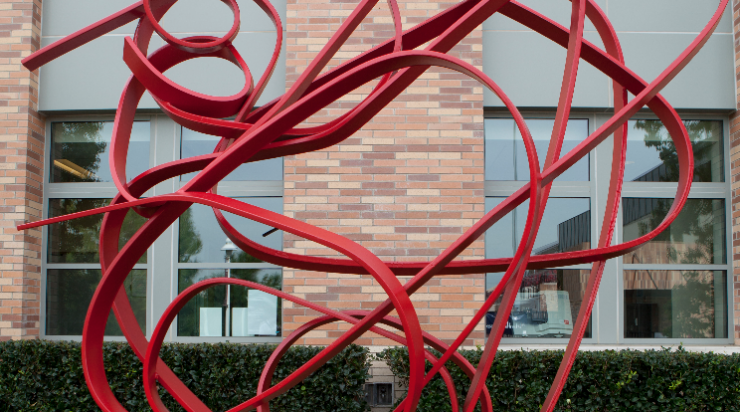Provocative, informative, outspoken — here are some very good reads penned by Wilkinson College faculty members and published in major media outlets over the past month:

Tom Zoellner
Tom Zoellner, associate professor of English; Wilkinson College of Arts, Humanities and Social Sciences:
“CLEVELAND — An invisible line split the concrete plaza. On the north side, protestors with a megaphone clamored in practiced order, poking signs into the air. One read
‘
Trump: An American Embarrassment.’ Barely a hundred yards away, a tubby man in a cowboy hat spoke into his own microphone to tell the story of his son who had died of an overdose. ‘Donald Trump is going to protect our southern border to keep the heroin from getting in here,’ he growled, before launching into the campaign ballad ‘We’re Going to Make This Country Great Again.'”
“The opposing crowds at these popup events eyed each other curiously from the plaza, as nearly a hundred police officers kept watch over both at the margins. As an exchange of ideas, it was a joke. But nobody was arrested; there weren’t even any arguments. The event had the air of a set piece performed by actors who knew their lines and spoke them with gently nasal Midwestern accents.
“’I haven’t seen the Cleveland hellscape apocalypse the media kept telling us about,’ said Dr. Bryan Hambley, the chief organizer of the Stand Together Against Trump rally, who said he gave credit to the ‘pro-Trump people’ for the leeway. Television journalists from around the world eager to get the ‘mayhem’ story their editors had anticipated swarmed small demonstrations in such multitudes that it was hard for them to avoid filming each other.
“Politics is often described as a clash of competing interests, of which protests are a blunt-force version. But it was scenes of grudging cordiality that had unfolded all week in Cleveland, the beat-up and deindustrialized – but relentlessly gracious – city experiencing a brief spillover of national attention from the Republican National Convention…” –
Read the rest: “The Art of the Plain Deal: A Report from the RNC in Cleveland,” Los Angeles Review of Books, July 20, 2016

Robert Slayton
Robert Slayton, professor of history, Wilkinson College of Arts, Humanities and Social Sciences:
“Let’s do an imaginary scenario. A white, middle-aged male in a southern or border state is pulled over by a federal officer. He has a pistol and a CCW permit. There is a confrontation in which the civilian announces that he is a permit holder and has a legal right to a firearm, yet the officer shoots and kills the individual.
“This is hypothetical, so we can’t state as fact what the NRA’s reaction was. But we can look at their past history to get a sense of what that response might be.
“For a long time, the NRA has been an outspoken advocate of open carry laws, and those who legally carry firearms under these laws. As an article in the American Conservative put it, ‘NRA supporters and certain other Second Amendment support groups define guns and weaponry as not just the symbolic but also the highest material expression of liberty, freedom, and moral rectitude. Anybody who can buy and possess a gun, especially if he or she conceals it — or even open carries — in public, automatically passes into the ranks of being a ‘good guy’. No matter what this new hero’s background, inclinations, or emotional make-up might be.’ Notice that there is no mention of race in this list…” — Read the rest: “The NRA is Racist,” Huffington Post, July 12, 2016

Anna Leahy and Douglas Dechow
Anna Leahy, Ph.D., associate professor of English; Wilkinson College of Arts, Humanities and Social Sciences; and director of the Office of Undergraduate Research; and Douglas Dechow, digital humanities and science librarian, Leatherby Libraries:
“On July 8, 2011, the last space shuttle rose from Earth. With four astronauts aboard,
Atlantis
—billed as a space truck during its development because of its capacity to carry large payloads to space—delivered a massive pressurized storage container filled with equipment and supplies to the
International Space Station
. After circling the globe for more than a week docked to the space station, the
Atlantis
crew woke up on the mission’s final morning to Kate Smith’s
rendition of God Bless America
, which had been iconic in the 1970s when the shuttle was in development. Then,
Atlantis
returned to Florida’s Kennedy Space Center on July 21. Three decades after it began, America’s Space Shuttle program was now grounded, and for good.
“Several months before that last mission, on April 12, 2011, NASA had marked the 50th anniversary of the first human in space, and the 30th anniversary of the first shuttle launch. Between 1981 and 2011, the five functional shuttles of the
Space Transportation System
, or STS, flew 135 missions to space. Two of these five space-faring orbiters were lost to accidents;
Challenger
had broken apart shortly after launch in 1986, and
Columbia
, the oldest in the fleet, had disintegrated shortly before landing in 2003. The three remaining orbiters became highly sought artifacts as STS drew toward its end. NASA Administrator Charles Bolden, a former shuttle astronaut himself, decided to use the April 12 double anniversary that day to announce the permanent homes of
Atlantis
,
Discovery
, and
Endeavour
.
“There are more than 200 aviation museums in the United States, so competition for the prized artifacts was fierce…” —
Read the rest: “How Museums Fought for the Retired Space Shuttles,” The Atlantic, July 11, 2016

Lori Cox Han
Lori Cox Han, Ph.D., professor of political science; Wilkinson College of Arts, Humanities and Social Sciences:
“Donald Trump has made many promises on the campaign trail about things he will fix (a broken immigration system), change (the way trade deals are negotiated), and build (a wall on the southern border) if elected president. Those who do not support Trump, regardless of political party, comfort themselves with the constitutional reminder that our government includes three co-equal branches designed to protect against the accumulation of too much power in too few hands. Those checks and balances aside, could President Trump accomplish any of his stated objectives through unilateral actions?
“Scholars of the presidency and political pundits alike have noted the expanding presidential powers during the George W. Bush and Barack Obama administrations. Each relied on executive action (executive orders, agreements, proclamations and signing statements) to implement and at times to bypass Congress on policies both foreign and domestic (particularly regarding war powers in the fight against terrorism since 9/11). This trend is not new, as the expansion of presidential power has often occurred during times of political crisis. Revered presidents such as Thomas Jefferson, Abraham Lincoln and Franklin D. Roosevelt all relied on broad interpretations of their constitutional powers to shape government policies, guided by the theory that the “silences of the Constitution” did not deter bold presidential action. Both the Vesting and Take Care clauses found within Article II of the Constitution provide broad guidelines for inherent and implied powers, but do little to specifically define how and when “executive power” should be exercised.
“Having spent his entire career in the corporate world, it is not hard to imagine that Trump’s leadership style as president would be similar to that of a CEO — a take-charge, top-down, uncompromising approach to getting the job done. Presidents do have discretion over the implementation of policies within the executive branch, and Trump has already promised to rely on executive orders to take action on immigration, energy and environmental regulations, trade issues, tax policies and numerous foreign policy matters. He has also promised to undo many of Obama’s executive orders, which is not that uncommon when a new president from the opposite party takes over.
“Perhaps the most important thing to remember about executive power is that there is nothing to stop a president from initiating action, even if unconstitutional. The consequences — whether legal or political — come after the fact…” —
Read the rest: “Why You Can’t Count on Congress to Rein In a President Trump,” BillMoyers.com, July 21, 2016





Add comment